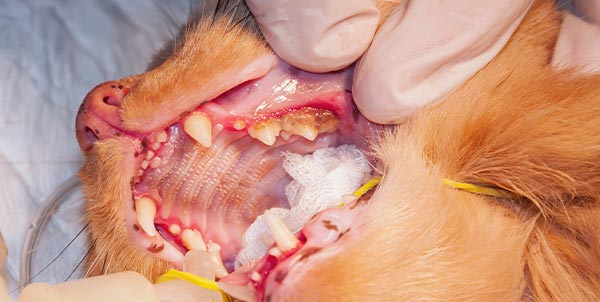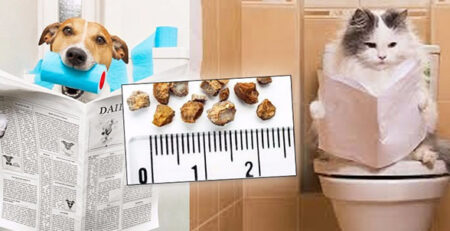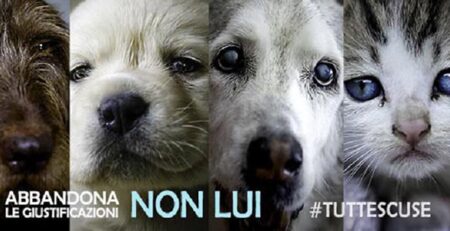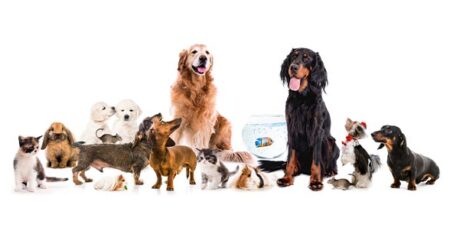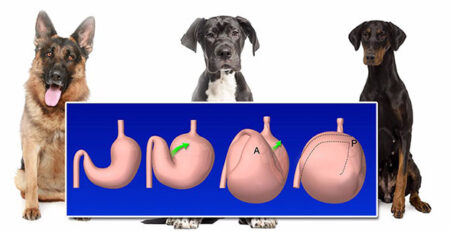Table of Contents
Dog and cat scaling: If plaque and tartar plague your dog or cat’s mouth, scaling will sweep away bacteria and odors, restoring you and your cat to the brightest of smiles.
When your dog or cat takes your breath away as he or she kisses you and you feel faint when he or she smiles, maybe it is not only love but also gingivitis halitosis.
Gingivitis and periodontal disease are the most common afflictions that affect dogs and cats as a result of the accumulation of plaque and tartar on the surface of the teeth.
When tartar has already formed, it needs to be removed by a simple DETARTRASIS operation.
And halitosis will be just a bad memory.
CAN YOU RECOGNIZE THE SYMPTOMS OF GINGIVITIS?
The first sign of gingivitis is the presence from the reddening of the gingival sulcus.
Along with the well-known and annoying halitosis, you may also notice bleeding of the gum at the slightest insult-that is, when the dog or cat chews or gnaws on something.
DO YOU KNOW WHAT GINGIVITIS IS CAUSED BY?
The mouth of our little friends is often neglected, and this happens most often because of the belief that oral problems are purely cosmetic, underestimating that from a neglected oral problem may result in pathologies to other tissues or to a distant organ (heart, kidney, liver).
The causes of gingivitis can be many, but first among them is plaque.
Warning: small dogs are much more prone to dental plaque than larger dogs.
DO YOU KNOW WHAT IT IS AND HOW PLAQUE IS FORMED?
Particular proteins in saliva, called glycoproteins, are deposited on the surface of the tooth, facilitating the adhesion of bacteria: these, with their continuous affixation, give rise to plaque, which takes the form of soft yellowish-white material.
Plaque can be easily removed, but if it is not removed, it will accumulate, extending under the gum sulcus and increasingly aggravating inflammation.
AND DO YOU ALSO KNOW THAT PLAQUE CAN TURN INTO TARTAR?
Unremoved plaque on which mineral salts, calcium and phosphorus, mostly contained in saliva, are deposited, gives rise to tartar formation, the removal of which is only possible with scaling.
The first place where tartar formation occurs is on the last premolars and molars of the upper arch: this is due to the presence of the salivary gland outlet.
NOW THAT YOU KNOW MORE ABOUT PLAQUE AND TARTAR, ALSO KNOW THAT, IF NEGLECTED, THEY CAN DEGENERATE INTO PERIODONTITIS.
Gingivitis, if neglected, can degenerate into periodontitis.
In case the bacterial infection spreads below the gingiva, it is called periodontitis.
In some individuals, due to an individual predisposition, genetics, overcrowding, systemic disease, diabetes, or viral infection, the continuous inflammatory insult leads to the destruction of the gingival ligament whose function is to hold the tooth firmly attached to the socket.
If the gingival ligament is compromised or destroyed, it results in tooth mobility or even tooth failure.
HAS THE TIME COME FOR SCALING? THIS IS WHAT IT CONSISTS OF.
Tartar and plaque ablation, i.e., scaling, is perhaps the most frequently practiced procedure in veterinary dentistry.
Requires the use of sharp instruments and/or ultrasonic scalers cooled by water jets.
Small uncontrolled movements of the animal’s head during these procedures can easily result in injury to periodontal structures causing pain, and in addition, cleaning below the gingiva is generally uncomfortable so the animal that should be properly anesthetized and/or intubated also to avoid ingestion of debris.
BEWARE OF THOSE WHO OFFER YOU SCALING AND DENTAL PROCEDURES WITHOUT ANESTHESIA
- do not allow for a complete examination of the oral cavity, preventing or delaying the making of diagnoses that could be vital
- They do not allow complete and effective cleaning of the most important areas, namely the subgingival areas
- Can easily cause damage to the tissues surrounding the teeth
- Can cause discomfort and pain to the animal
- May cause clients to put off seeking proper and effective treatment
If implemented under the label of “Dental Treatment,” they may be considered deceptive unless animal owners are informed of the inappropriate and potentially risky nature of the procedure.
REMEMBER THAT PREVENTIVE DIAGNOSIS IS OF PARAMOUNT IMPORTANCE
Gingivitis does not develop in animals with clinically healthy gums.
So the purpose of prevention is to keep the gums in a healthy condition to prevent any complications, and that is why clinical examination of the mouth should be part of every pet’s care.
PROPER DIAGNOSIS EQUALS PROPER TREATMENT: GOOD PRACTICE WOULD BE TO HAVE DOGS AND CATS UNDERGO REGULAR CHECKUPS
Diagnosis of periodontal disease is based on clinical examination with the patient under general anesthesia, supplemented by radiographic examination.
If, however, you suspect the onset of any oral problem, it will be better not to wait until the date of the annual check-up and contact your trusted veterinarian immediately who will know how to resort to the most appropriate treatment.
In patients with gingivitis, therapy will restore clinical normalcy of affected tissues
In case of confirmed periodontitis, it will limit the progression of the disease.
HERE ARE THE ALLIES OF A HEALTHY MOUTH: TOOTHBRUSH, TOOTHPASTE AND PROPER NUTRITION
The best prevention toward the most common odontostomatologic problems is the abrasive action of toothbrush and toothpaste, but take care: use ONLY pet-specific products.
Cleaning done daily with a toothbrush is possible if you accustom the animal from an early age to being manipulated on the mouth.
Initially it is good to use only your fingers perhaps with a rag or rubberized finger without forcing, doing everything as a game, starting from the incisors to the molars.
Using dry foods, rubber-based materials, nylon, leather, can help remove some of the plaque from the teeth and stimulate the gums.
BE WARY OF GROOMERS WHO OFFER YOU SCALING: YOU RISK YOUR DOG OR CAT’S HEALTH
Cases of groomers advertising scaling surgeries are activities that constitute the crime of abusive practice of veterinary profession (Article 348 CP).
In unanesthetized dogs and cats, the service provided without patient safeguards presents itself as liable to the additional criminal offense of animal abuse (P.C. Article 544b).
In addition, this service requires the use of suitable professional instruments, which, according to Law 175/92, cannot be sold to parties other than veterinary doctors.
Scaling in animals constitutes a veterinary medical act, which can be performed only by a person holding a regular state license to practice as a veterinary doctor.
And again, the endorsement of the abusive practice of a profession may constitute the extremes of complicity in the crime by individuals and/or structures that facilitate its commission.
And scaling “without anesthesia” is not among the medical-veterinary practices endorsed by the international scientific community.
Equipped with a surgical and radiology room with state-of-the-art equipment and with a Staff of specialists at your disposal, Clinica La Veterinaria is always open every day h24 including holidays and with First Aid service from 8 pm to 8 am.
For the joy of seeing them HAPPY.
Edited by Dr. Romina Tallaro Veterinary Physician – Specialist in Veterinary Odontostomatology

